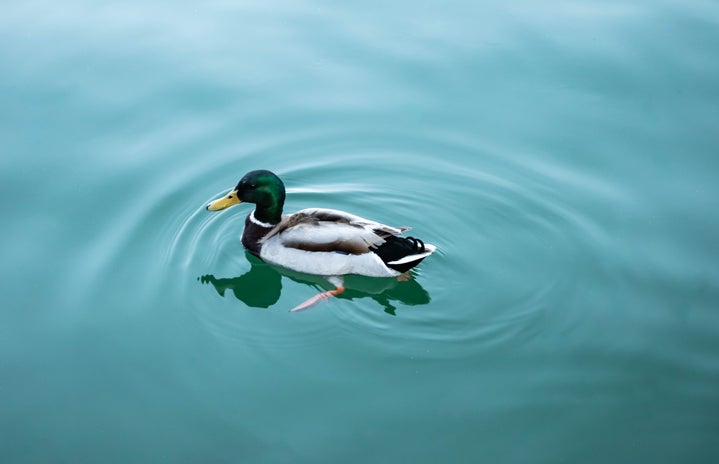Michigan is in the migratory path of many migratory species. From butterflies to birds, there are plenty of wonderful species that find solace in the Great Lakes Region. Whether or not bird watching is an activity you enjoy, there are a few ways to support these beautiful species other than placing a bird feeder or bath in your yard.
First and foremost is making sure ducks are not fed bread based food items. Strawberries, bird seed, or oats are more nutritiously valuable to our water fowl companions, and ducks may also visit your regular bird feeder. For species such as woodpeckers, there is a second option for feeding using suet. Suet feeders are hung or fastened to a tree then filled with a suet block. A suet block is typically made with animal fat and other traditional goodies. Due to the high fat content, it is not always recommended to use these feeders during hot, summer months. This does not deter woodpeckers from stealing sunflower seeds from traditional bird feeders. Offering a diverse blend of bird seed also increases the birds attracted to the feeder as well as the possible nutrients that can be obtained from it. My personal favorite feeder offers nectar for a variety of species.
Buying a nectar feeder can help not only Hummingbird species but pollinators as well. My favorite species I’ve observed using a nectar feeder is a Monarch butterfly. Michigan is in the migratory path of the species during the summer months. If you’d like to observe this species, there is a simple way to make the nectar right in your very own kitchen. Making sure to account for the fill capacity of the feeder, boil four parts water with one part syrup on a stove top to create a syrup-like consistency. Use this solution to fill the feeder, remembering to clean the feeder and replace the solution every couple of weeks.
Finally, bird feeders need to be protected from competition like chipmunks and squirrels. It’s important to satiate the appetite of the various birds of the Great Lakes Region. Oiling the poles a feeder may be placed on can aid in giving small rodents traction on the apparatus. In addition to this, there have been some success rates using cones to segment the apparatus into the piece inserted into the ground from where various feeders may hang.


